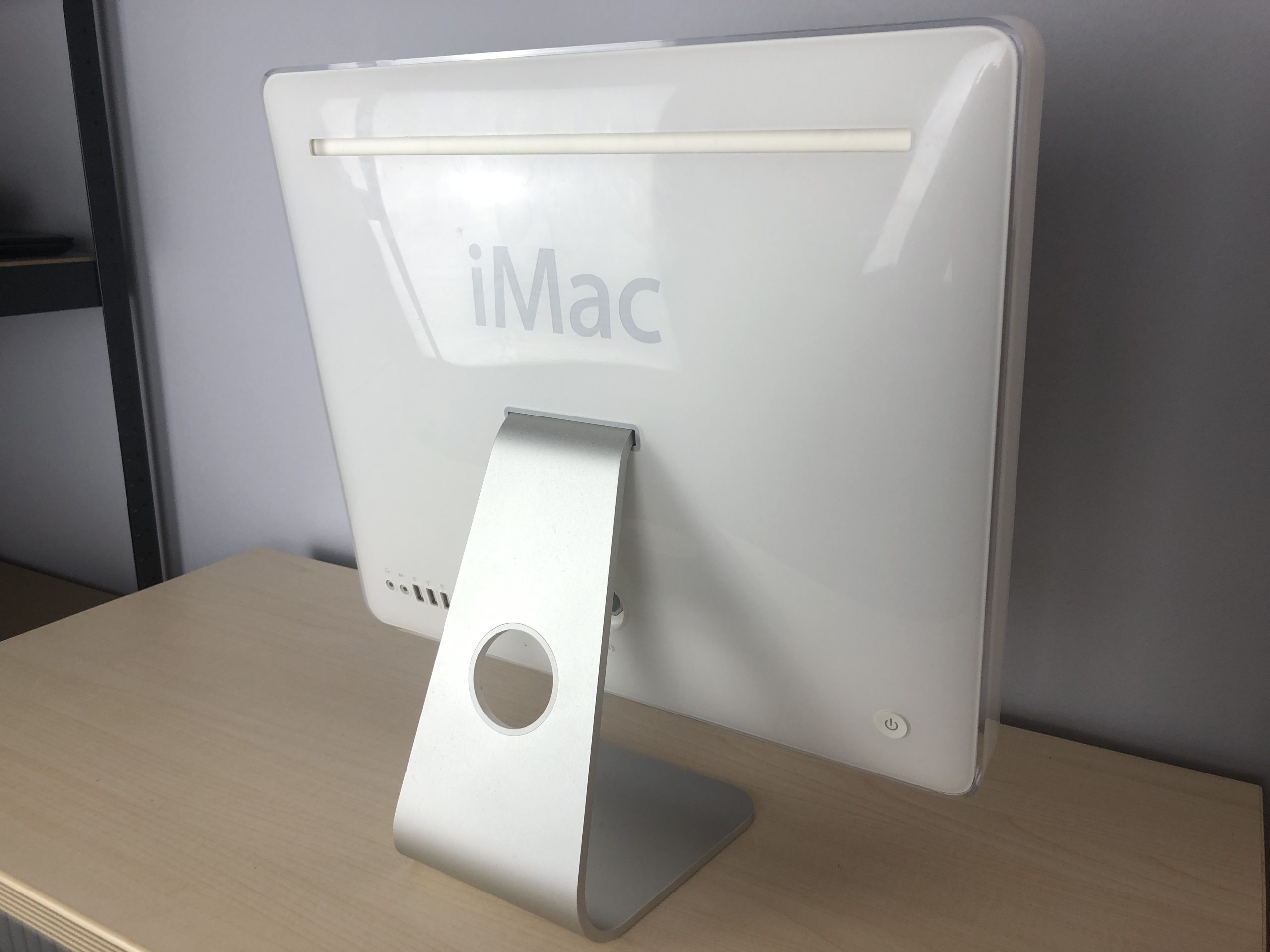Reflections on the Development of Task Manager: A Personal Insight
As someone who had the privilege of working on Microsoft’s Task Manager in the early 1990s, I felt compelled to share some anecdotes and insights before they slip from memory. For those who may be interested, I can expand on this further—this is my first foray into blogging!
Background on Task Manager
I was part of the Microsoft team in Redmond back in ’93, and in 1994, I developed Task Manager from my home office. Miraculously, despite being relatively inexperienced, the senior developers on the NT team allowed me to integrate my work into the core project. This opportunity enabled me to refine the application and contribute to its official implementation in Windows, a role that I deeply cherished. Though it’s been quite a while since I left, I often reflect on the vibrant culture and supportive colleagues I experienced there.
Key Features and Insights
The following insights are primarily rooted in the experiences I had working on Windows XP, though many aspects remain relevant today:
-
Resilience in Crises: If Task Manager encounters a hang or crash, you can simply press Ctrl+Shift+Esc to launch a new instance. The system will attempt to revive the old Task Manager for up to ten seconds. If it’s unresponsive, a new instance will be initiated, ensuring you always have access to this essential tool.
-
Adaptive Loading: Task Manager has the unique capability to load in a minimal mode when system resources are scarce, displaying only what is necessary to function. This contrasts with many applications that might simply fail to run under similar conditions.
-
Resetting Internal Settings: If Task Manager experiences internal corruption, you can restart it while holding down the CTRL, ALT, and SHIFT keys to reset its settings to defaults. This handy trick can be applied to other programs I’ve developed as well.
-
Navigating Unique Modes: If you find yourself in a situation where the title bars disappear, simply double-click in the empty space to revert to the standard display. I originally designed this no-titlebar mode to integrate with the NT clock, although it turned out to be more confusing than beneficial for most users.
-
Modern Functionality: Task Manager also boasts a range of modern features which might not be common knowledge. You can select additional columns, customize their arrangement, and even locate the binary files of any running processes with a simple right-click.
-
**Capability
Share this content:



